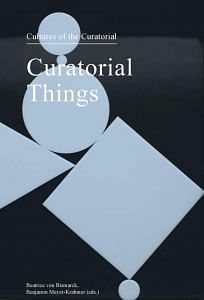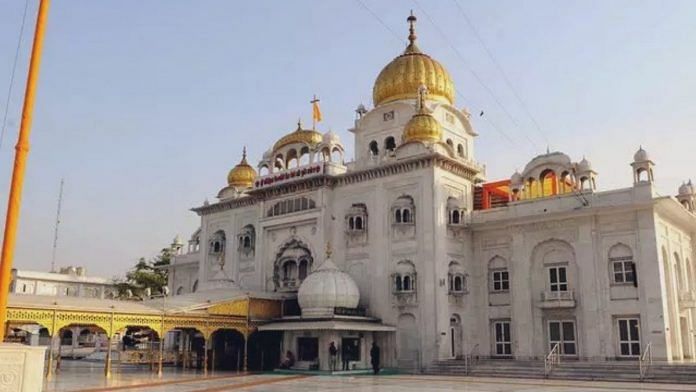As Guru Gobind lay dying, his followers asked who would succeed him. “Guru maniyo Granth,” he is reported to have said—Let the Book be your guru. But Sikhs took his word both figuratively and literally; while most Sikhs read the book, they also call it the Guru Granth Sahib, where Guru means spiritual leader, Granth means book, and Sahib means Lord.
Today, Sikhs treat the book as a living entity and have evolved a code of conduct that cares for the physical needs of their guru in ways that resemble Hindus’ treatment of consecrated idols in their shrines. Given this traditional method of treating the Guru Granth Sahib, old manuscripts or early print copies of the book are hard to come by. Dr Man Singh Nirankari, a scholar in Chandigarh, managed to put together a rare collection of manuscripts and persuaded Sikh authorities that the Sikh cause would be better served by preserving rather than destroying the books. In 1999 he gifted this collection to the museum in Chandigarh. The museum proudly displayed its collection of Granths, many richly illuminated, in its Manuscripts Gallery. Some years passed without event, but in 2003 a local politician who was running for election to a powerful Sikh committee burst into the museum accompanied by members of the press—and insisted that the museum’s treatment of the Sikh holy book was sacrilegious. In gurudwaras, he said, the books were clothed and handled with reverence and only opened at religiously appropriate times. Here in the museum they were naked, propped open, laid bare to anyone’s eyes. No dress code was applied to the visitors of the museum, whereas the gurudwaras followed a strict Rahit Maryada, or code of conduct, for the handling of these books.
The protest had the potential of attracting widespread support. Moreover, religious sentiment in Punjab had always been complex and volatile. Through the 1980s and ’90s the region had been wracked by the Khalistan movement, a separatist campaign to establish an independent Sikh state. This was a violent campaign that was also put down violently, but memories of its turbulence were still fresh in people’s minds. So when the protesting politician led supporters on a march to the museum, the museum authorities chose not to take any chances. They called in a priest, who ritually shut the manuscripts and swaddled them in cloth, thus putting these museum objects in the same position as sleeping Guru Granth Sahibs in gurudwaras. The manuscripts would remain in the museum gallery, but would be protected from prying eyes.
Also read: Bargari, Behbal Kalan, Kotkapura — sacrilege cases at centre of Sidhu-Channi discord in Punjab
In a number of controversies that have arisen in India regarding objects of religious inspiration that now have a second life as works of art in museums, scholars have pointed out that for most traditional religions, sacredness is a quality that must be installed and maintained within the object—say, the icon—and that objects that are not under worship, or are damaged or incomplete are traditionally not held to be sacred anymore; that most traditions have their own modes of deconsecrating objects and declaring the end of an object’s ritual life. But these learned excurses on what tradition “really is” cut no ice with those who raise their voices today. For in this new form of politicized religiosity, tradition is not followed, but is used in order to create disturbance based on a claim of hurt feelings. In an essay titled “The Joys and Perils of Victimhood,” writer and historian Ian Buruma notes how widespread the claim to victimhood has become in our public life. “Sometimes it is as if everyone wants to compete with the Jewish tragedy,” he writes, “in what an Israeli friend once called the Olympics of suffering.”
Also read: Will ensure justice in 2015 sacrilege case, says Punjab CM Charanjit Channi
The Sikh politician who demanded that the Guru Granth Sahibs be removed from view in the Chandigarh Museum presented himself as a defender of tradition. But of course he was performing a profoundly contemporary act. He was taking recourse to tradition in order to shore up political power in an era of identity politics. He was refusing to submit to the museum’s taxonomies in order to demonstrate a community’s power to claim exceptional status. And if museum objects were removed from view as a result, let us not forget that the act of protest was performed for the media eye, making the “disappearance” of the object itself a hyper-visible event.
 This excerpt from Kavita Singh’s ‘Closing the Book’ chapter in ‘Curatorial Things’ has been published with permission from Sternberg Press.
This excerpt from Kavita Singh’s ‘Closing the Book’ chapter in ‘Curatorial Things’ has been published with permission from Sternberg Press.






